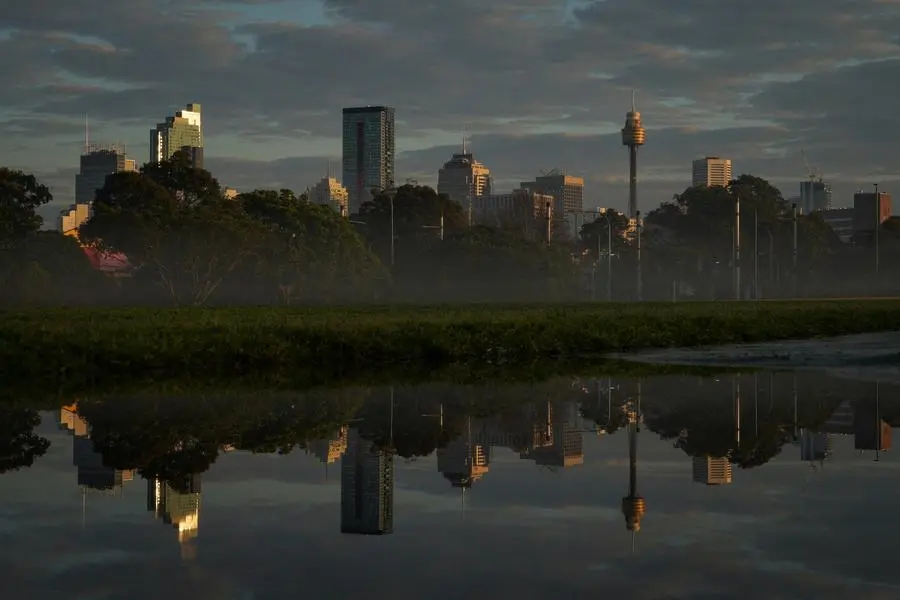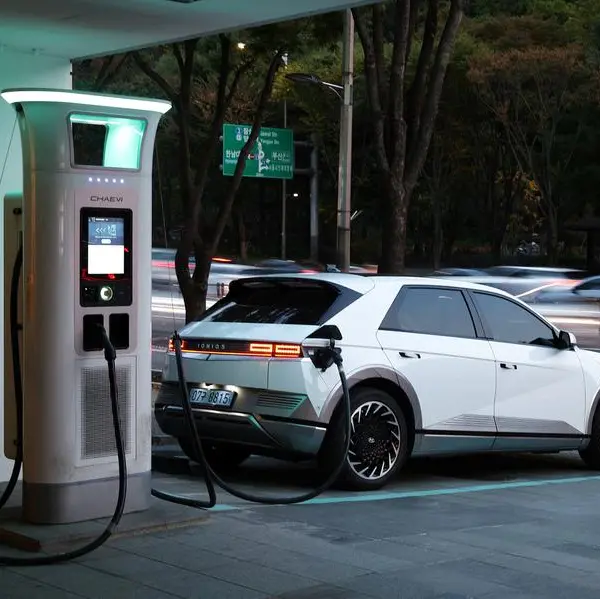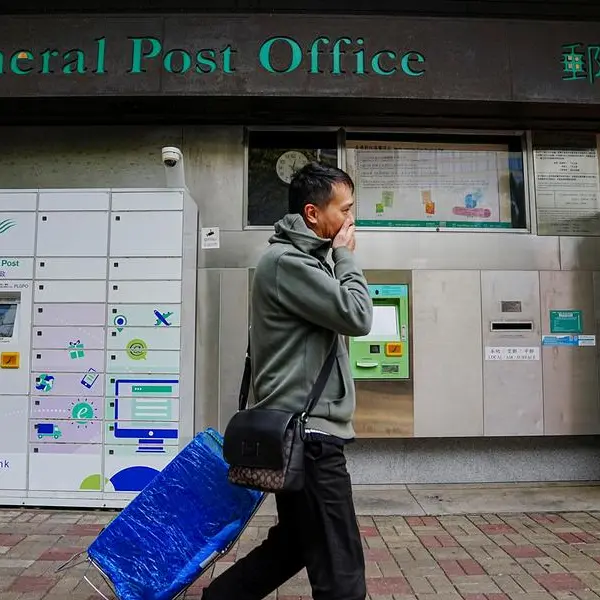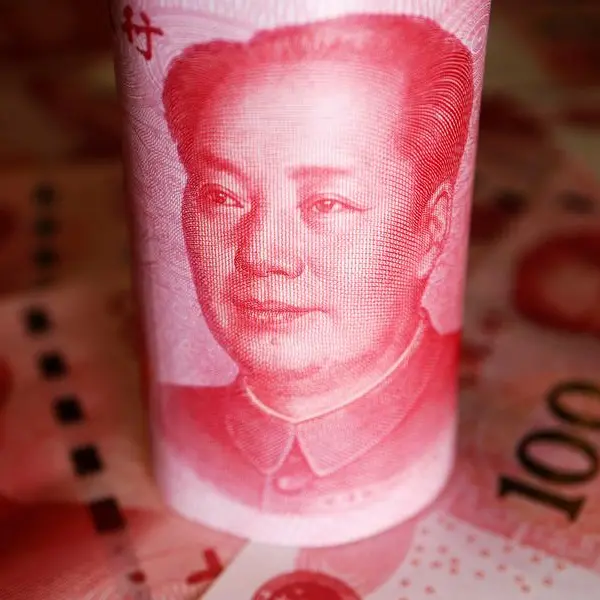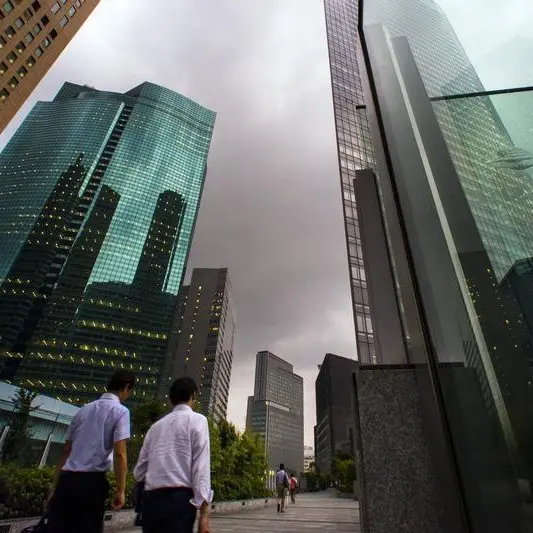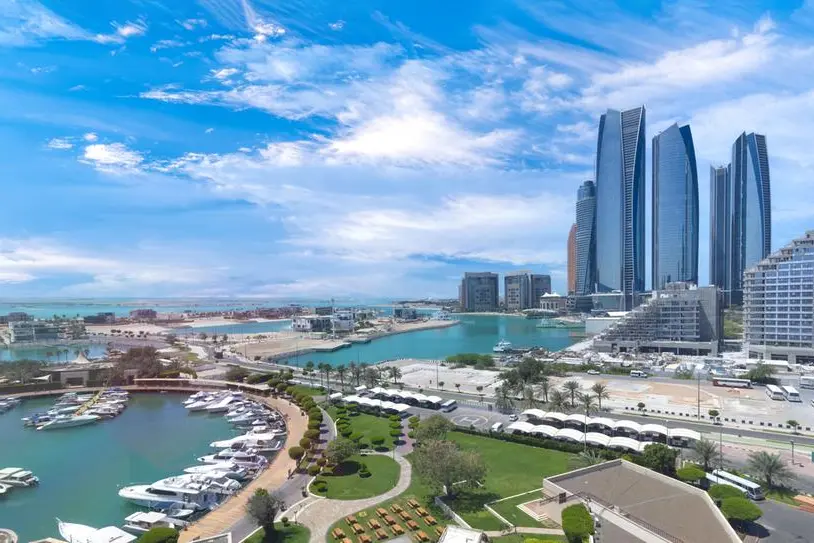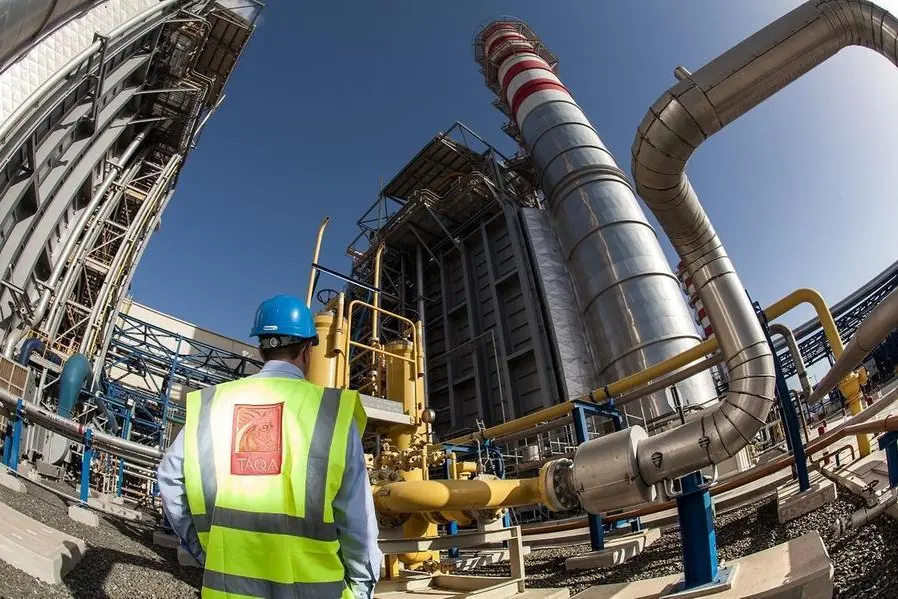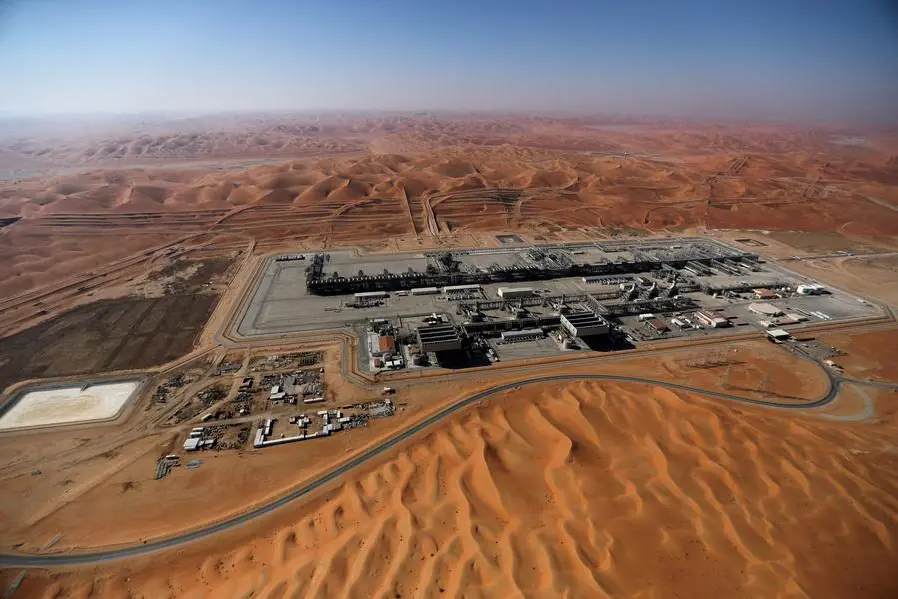PHOTO
FILE PHOTO: The city skyline is reflected in a puddle at sunrise following rainy weather in Sydney, Australia, August 28, 2022. REUTERS/Loren Elliott/File Photo
SYDNEY - Australian consumer inflation accelerated to a six-month high in May, while a key measure of core prices rose for a fourth month, figures that caught traders off-guard and prompted markets to raise the chances of another interest rate hike this year.
The Australian dollar climbed 0.5% to $0.6684 and the three-year bond futures tumbled 18 ticks to 95.93, their lowest level in three weeks.
Markets moved to imply a 60% chance of a quarter-point hike from the Reserve Bank of Australia by November, up from a non-existent probability before the data, with a move likely in August depending on the outcome of the full second-quarter CPI report.
Futures also priced out any chance of a cut in the 4.35% cash rate this year, with the prospects of a first easing delayed until late 2025..
Data from the Australian Bureau of Statistics on Wednesday showed its monthly consumer price index (CPI) rose at an annual pace of 4.0% in May, up from 3.6% in April and well above market forecasts of 3.8%.
A closely watched measure of core inflation, the trimmed mean, climbed to an annual 4.4%, also its highest level in six months and up from 4.1%.
UBS and Deutsche Bank now see a rate hike in August while the National Australia Bank delayed the call for the first easing to May 2025, compared with November previously.
George Tharenou, chief economist at UBS, expects the second quarter CPI to come in at a quarterly rate of 1.1%, above the RBA's own forecasts.
"Our new CPI forecasts make a rate hike in August a 'close call'... However, we see enough evidence to change our base case view," said Tharenou, adding that there is also a risk of a follow-up hike most likely in November.
AUGUST HIKE?
With inflation still running above its target band of 2-3%, the RBA has warned it is alert to upside risks. It has held interest rates steady at a 12-year high of 4.35% for five straight meetings.
The central bank will have the luxury of waiting for the quarterly report due at the end of July to decide on its next policy move. But hot readings for April and May suggest the second quarter inflation data could be as strong or stronger than the first quarter report, putting pressure on the RBA to hike in August.
Analysts cited the often volatile travel costs as one reason for the above-forecast inflation figures in May, while there are encouraging signs that price gains in some services sectors are moderating.
When volatile items and holiday travel were excluded, the CPI dipped to 4.0%, from 4.1%.
The report showed electricity prices jumped by an annual rate of 6.5%, picking up from April's 4.2% rise, due to the unwinding of government rebates, although they are set to ease from the third quarter as new cost of living relief from the federal and state governments kicks in.
Rent surged 7.4% while insurance costs jumped 14%.
The May report, which provided an update on more services in the second quarter of the year, showed prices for haircuts, restaurant meals and takeaway food were up 5.5%, 4.2% and 4.3% annually.
"It is possible the Board will change course and raise rates at its August meeting but with the labour market easing we don’t believe their hand will be forced," said Alan Oster, chief economist at NAB.
"The mix of slow growth and gradual progress on inflation reflects the RBA’s decision to embrace a “lower for longer” approach – a lower rate peak compared to other advanced economies, resulting in a longer period at that peak."
(Reporting by Stella Qiu and Wayne Cole; Editing by Edwina Gibbs and Shri Navaratnam)
